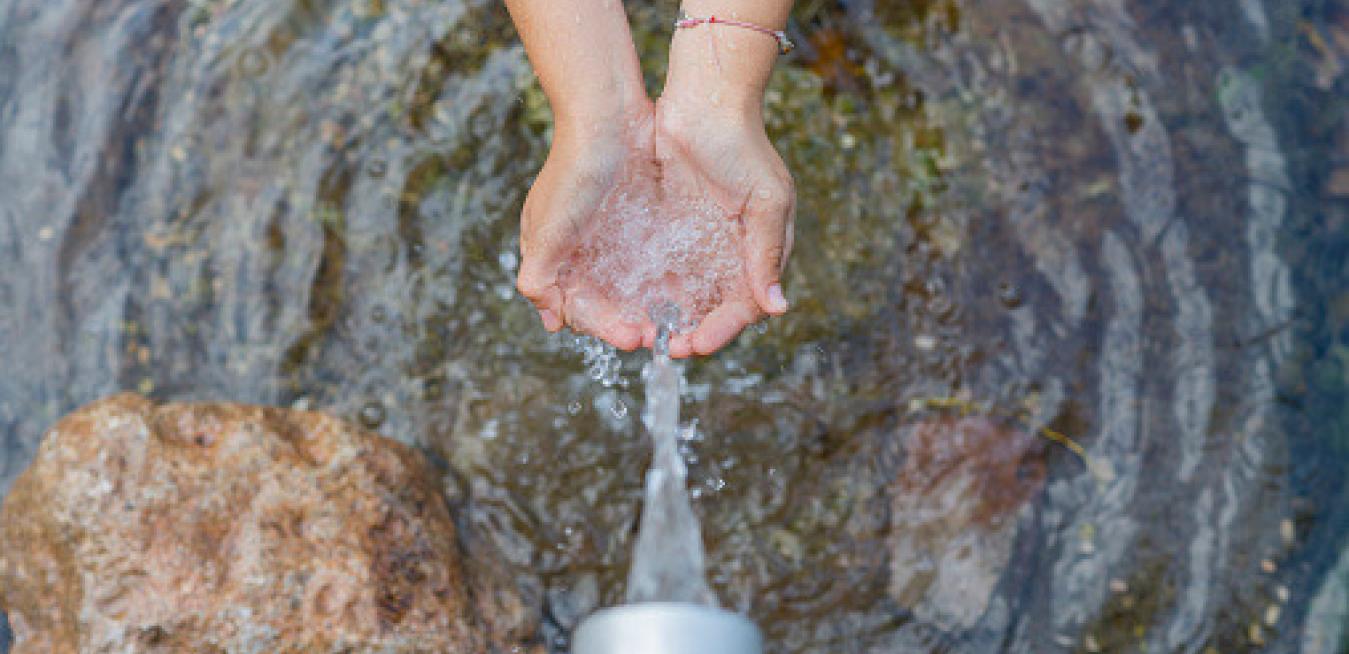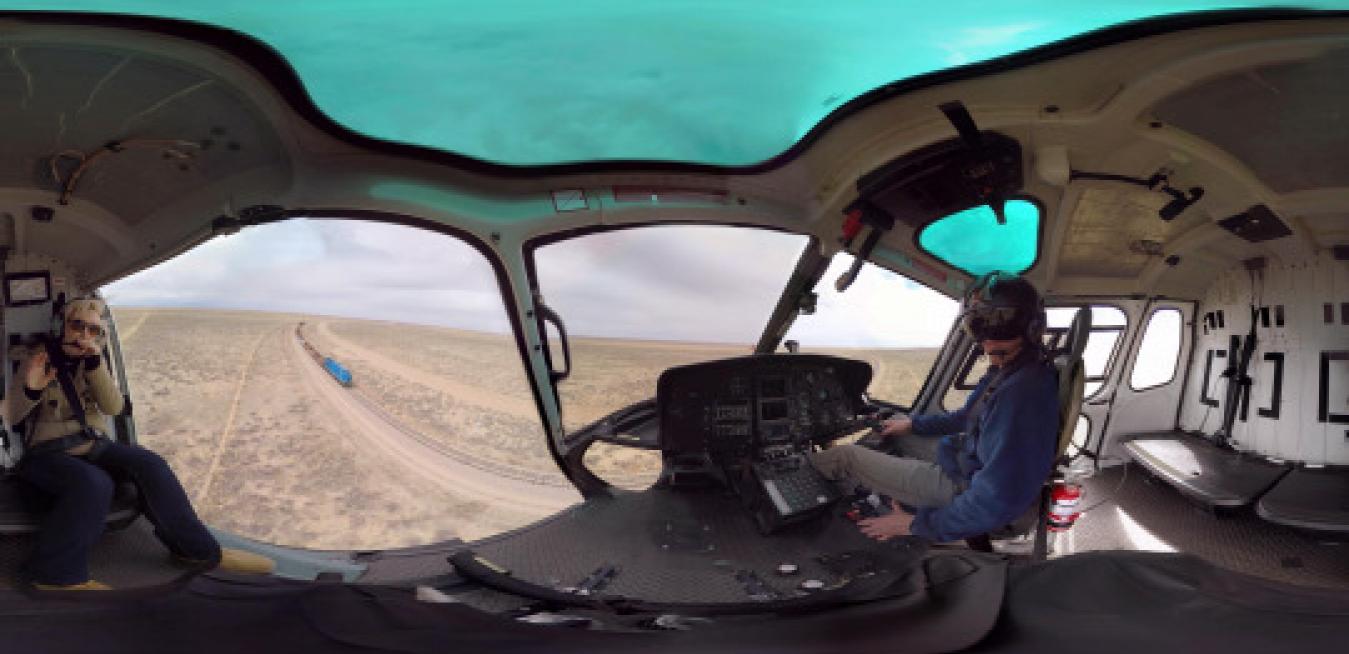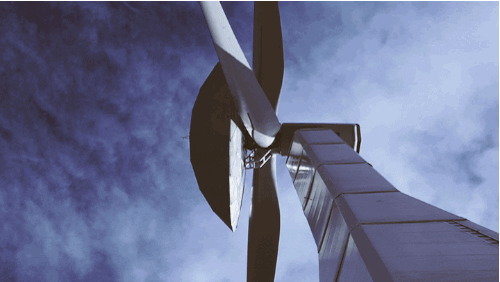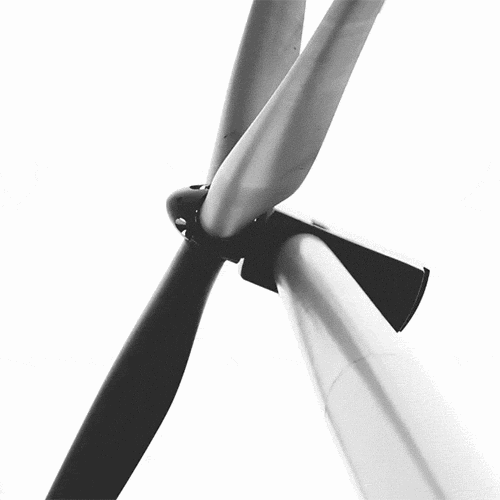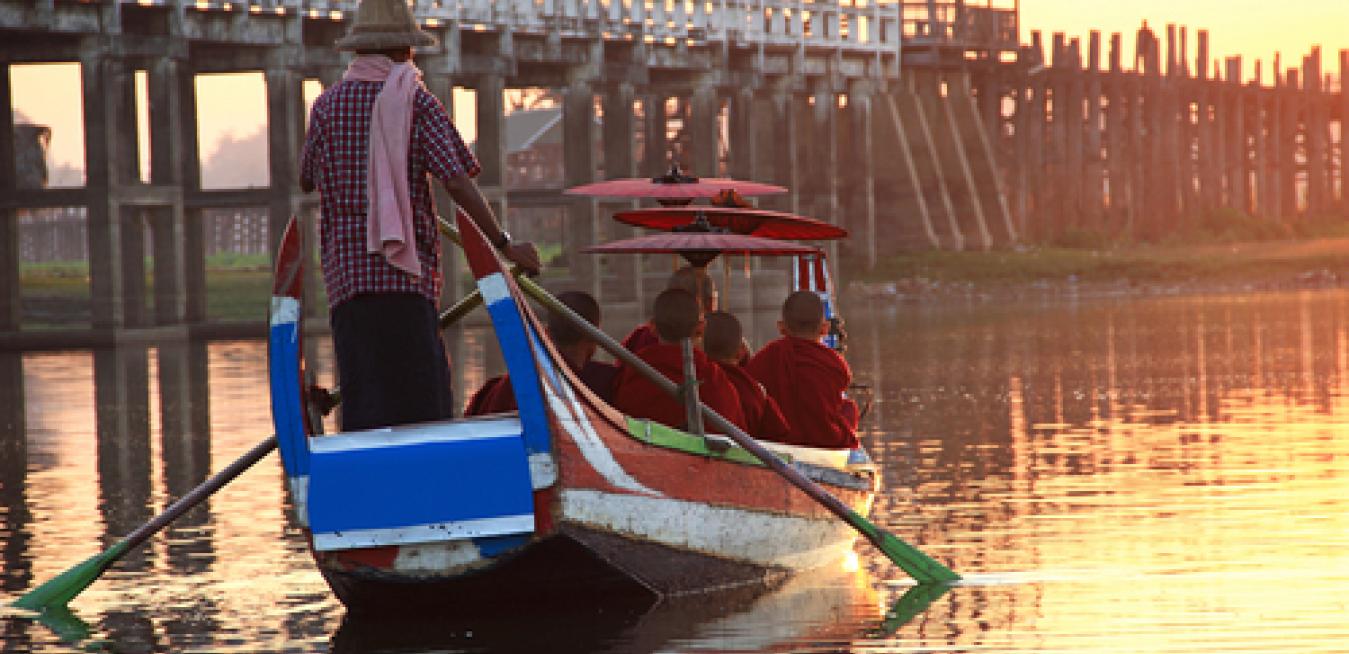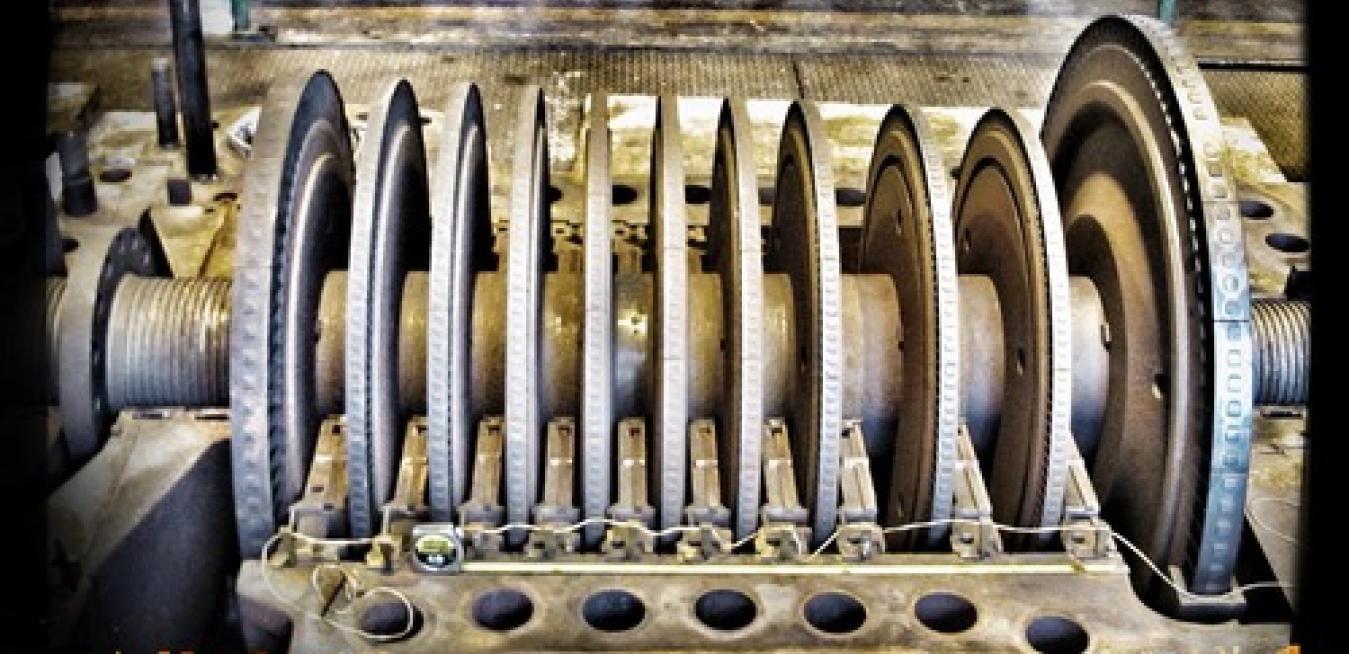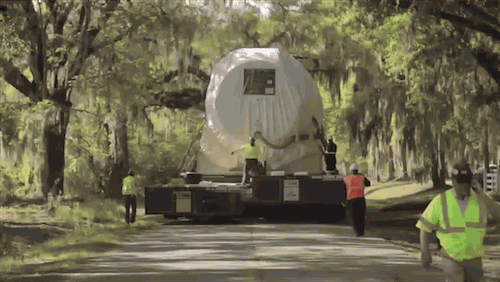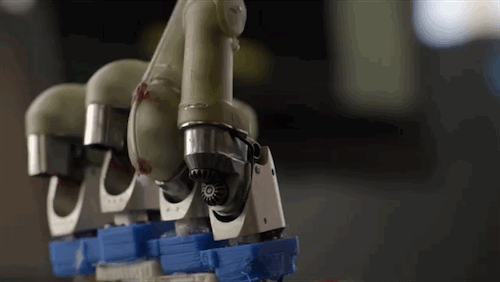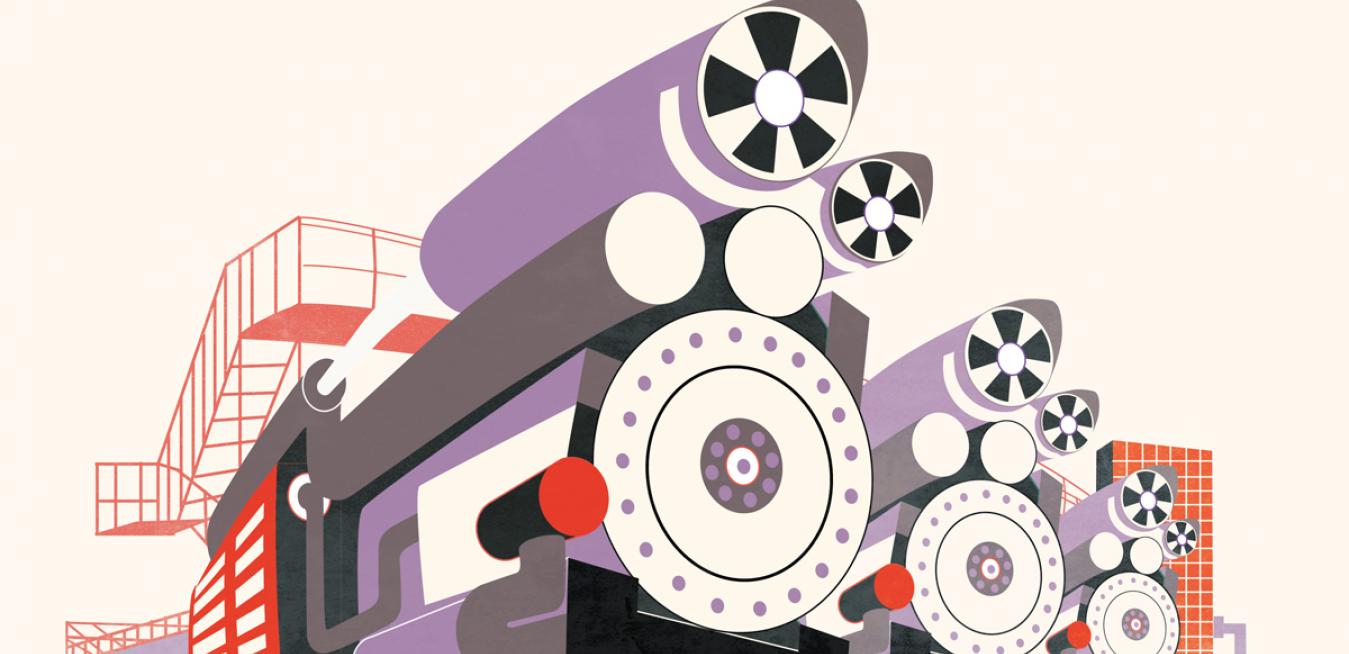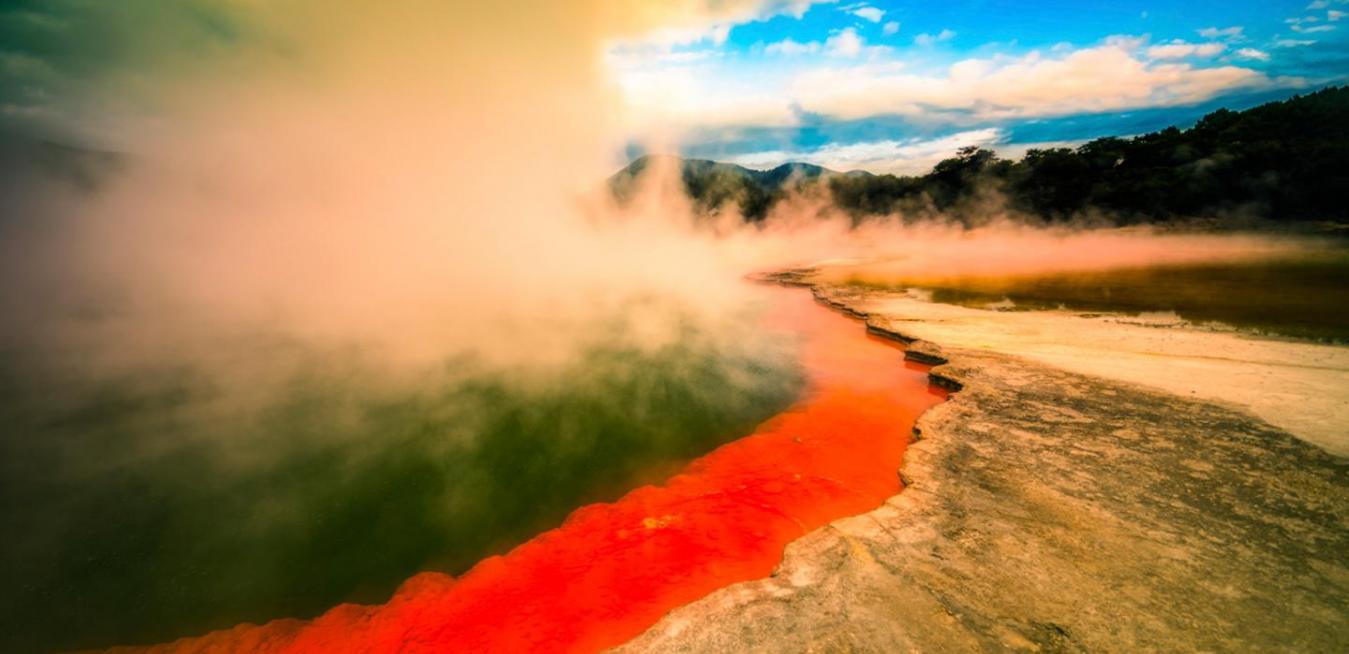Water is our most precious resource. We drink on average around four litres a day, and it is an irreplaceable element of our industry and our agriculture. Indeed it is at the very heart of our existence.
The tests typically include grueling series of tasks simulating high speed, heavy haul and other extreme conditions in one of America’s starkest and most beautiful landscapes.
A new report released this week at the World Economic Forum in Davos estimates that members of the Organization for Economic Cooperation and Development (OECD) will need to invest more than $7.6 trillion over the next 25 years to meet their energy policy goals, further reduce emissions and create a more sustainable system for producing electricity from renewables and cleaner fuels such as natural gas.
With great progress, comes even greater demand. With over 74% of Myanmar’s population lacking access to electricity, the need to have an efficient power generation system could not be more important. As a country, it is imperative for Myanmar to build the right infrastructure and partner with the right companies to provide the most efficient technology, and ultimately, cost savings to the people of the Myanmar.
Anyone who’s met her will tell you that Harriet is not like other house guests.
When she arrived from France in Greenville, SC, earlier this year, her hosts at a local GE gas turbine factory had to build a new train turntable just to get her settled in her quarters. They also erected a gas plant to keep her fed.
That’s because Harriet, whose real name is the 9HA, is the largest and most efficient gas turbine in the world.
One sunny Thursday afternoon last October, Lyman Connor climbed on his bicycle and pedaled from his Roanoke, Va., home for a ride along the scenic Blue Ridge Parkway. He didn’t make it back that day.
Riding down one of the parkway’s steep hills at nearly 40 mph, a car suddenly braked in front of Connor. “The last thing I remember was going over the handlebars,” he says. “When I woke up in an intensive care unit, I had tubes coming out my body to sustain my breathing.”
Today, Rotorua’s pellucid aquamarine water is a huge tourist magnet. But as the area developed, effluent from farms and nearby towns also fueled algae blooms that gobbled up oxygen and threatened to suffocate fish and other aquatic life in the lake.
